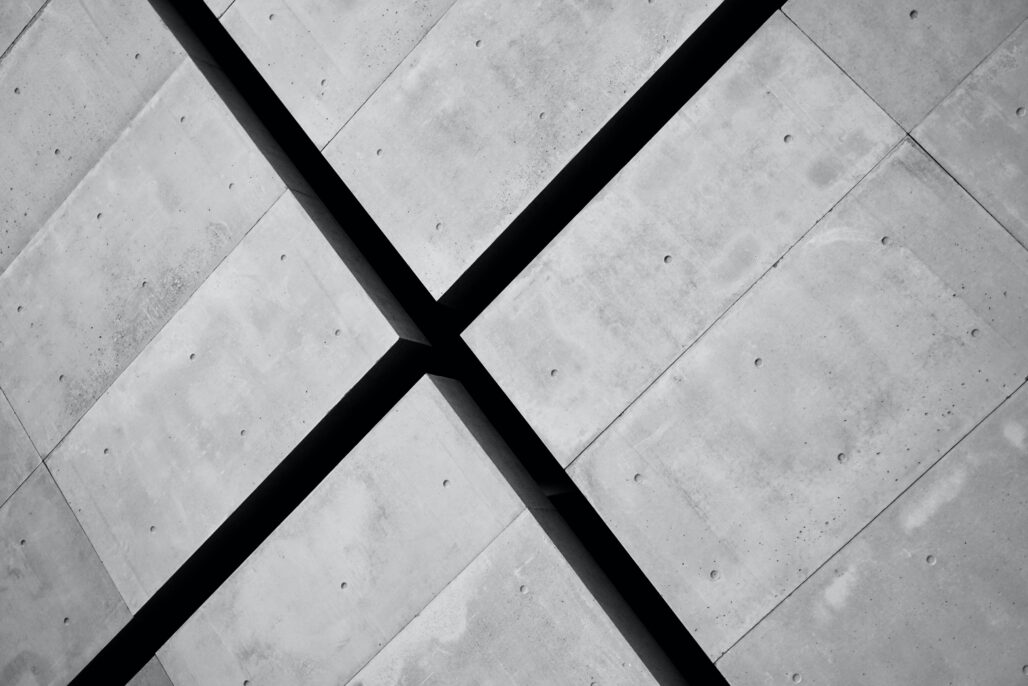Establishing a circular process by reusing residual flows
The Steel Slag Upgrade to Products (SUP) project focuses on making maximum use of residual/ waste flows from large industries for the production of valuable raw materials, which is an important step in establishing a circular and carbon-neutral industry.

Recent research into new innovative (electro-)chemical processes offers possibilities for reusing and upgrading components from residual flows. Both in process technology and process flows, potential solutions are being investigated for residual flow problems produced by two major industries: the steel and chemical industries.
Until now, there have been insufficient applications for the large amount of basic oxygen furnace (BOF) steel slag released during the production of steel. These steel slags are chemically unstable and are stored in large quantities (100,000 tons/ year per location). These steel slags include lime, iron and other metal components.
In the SUP process most of the lime is leached out and transformed with CO2 to valuable limestone, whereas the remaining metal components are left in a stable residue. This allows the residue to be used for other applications, such as landfill or as an additive in building materials.
During the SUP study, the possibility to use these leached steel slags as a substitute for cement was also investigated. A great deal of CO2 is released during the production of cement, but by partly replacing it with a raw material that absorbs CO2 during production, a great deal of CO2 emission is prevented.
The SUP process should use sustainably generated electricity wherever possible, as the various steps in the SUP process use large amounts of energy. For this, the process aligns with the sustainable electrification of large-scale processes.
During the SUP research of this phase, great progress was made with limiting the amount of energy required for this. However, more research is inevitable to create an economically viable scenario.
The ultimate goal of the project is to achieve a circular process in which CO2 from flue gases is used directly as input. The harmful greenhouse gas is converted into a pure form of limestone, which is suitable for paper and special fillers, among others.
Many international partners have been involved in this first phase of the research. In the follow-up phase, both industry and knowledge institutions will again be involved in the further elaboration of the process, the further minimization of the required energy and the coordination with the use of sustainably generated electricity.
The aim is to apply the SUP process full-scale by 2028.
Acknowledgement
This project is co-funded by TKI-E&I with the supplementary grant 'TKI- Toeslag' for Topconsortia for Knowledge and Innovation (TKI’s) of the Ministry of Economic Affairs and Climate Policy.